I have drawn diagram after diagram of how to calculate the bounding points of the viewing frustum in a three-dimensional space. To start, I have a two sets of data containing three values each: the xyz coordinates of the camera and the rotation around the x, y, and z axis. Given a certain view distance, it should be possible to calculate the bounding points of each of the 6 planes. I have been using these equations to calculate the width and height of the far plane:
hfar = 2 * tan(45/2) * view_distance
wfar = hfar * ratio
hfar being the height of the far plane, wfar being the width, and ratio being the ratio of the view port width divided by the height. I have been using the following diagram to try and figure it out:

I need to find the points annotated by (?,?,?). I have been trying to calculate these values for a few days now but to no avail. Any help would be appreciated.
Also, some nice sources providing information on the topic can be found here and here.
EDIT: Another image I whipped up shows a single slice through the y axis looking down on the x axis. It shows the same information as the image above, but it also shows my issue: I can't calculate the proper z axis values for each of the bounding points of the far plane.

Keep in mind, the same cut could be made through the x axis to show the same process but with the angle at which the player is looking up or down.

